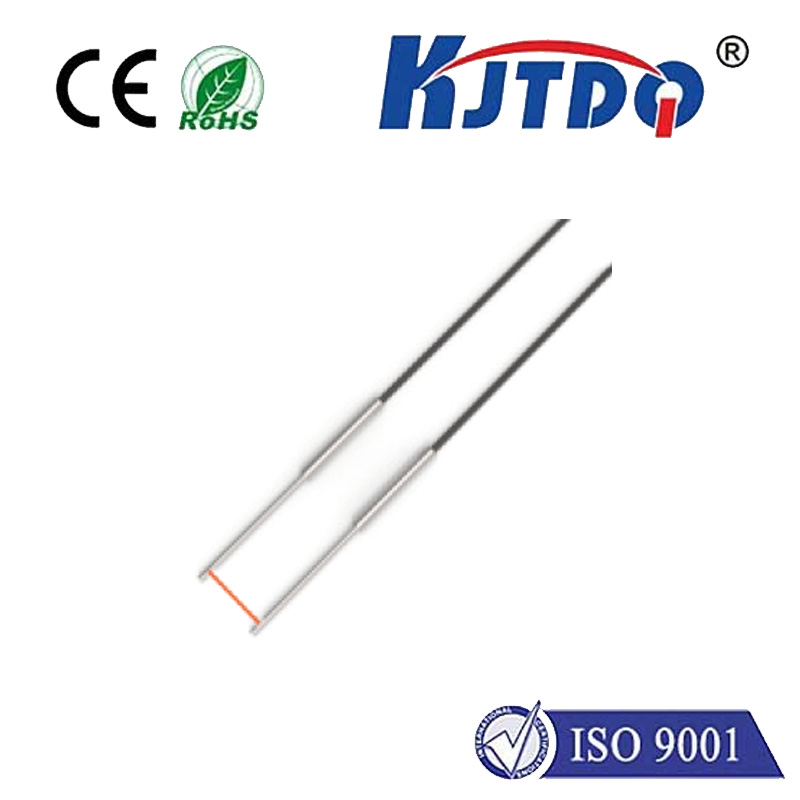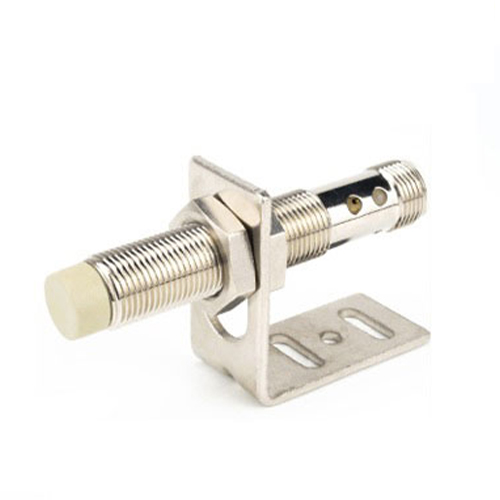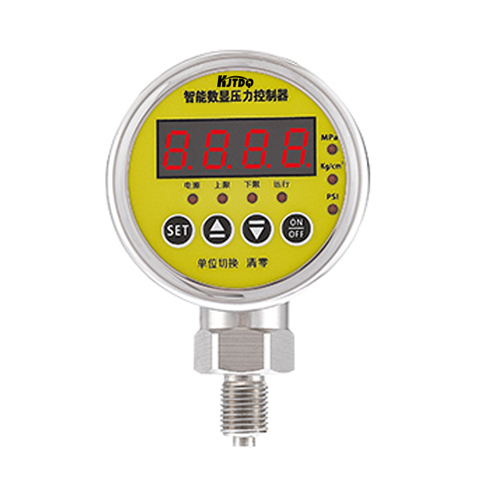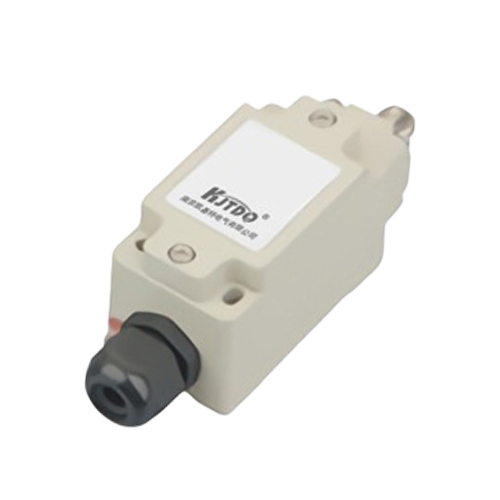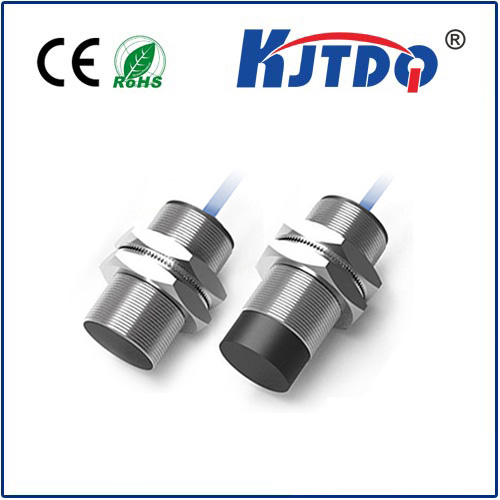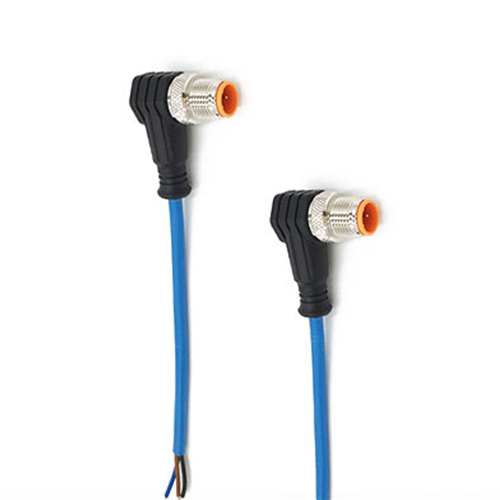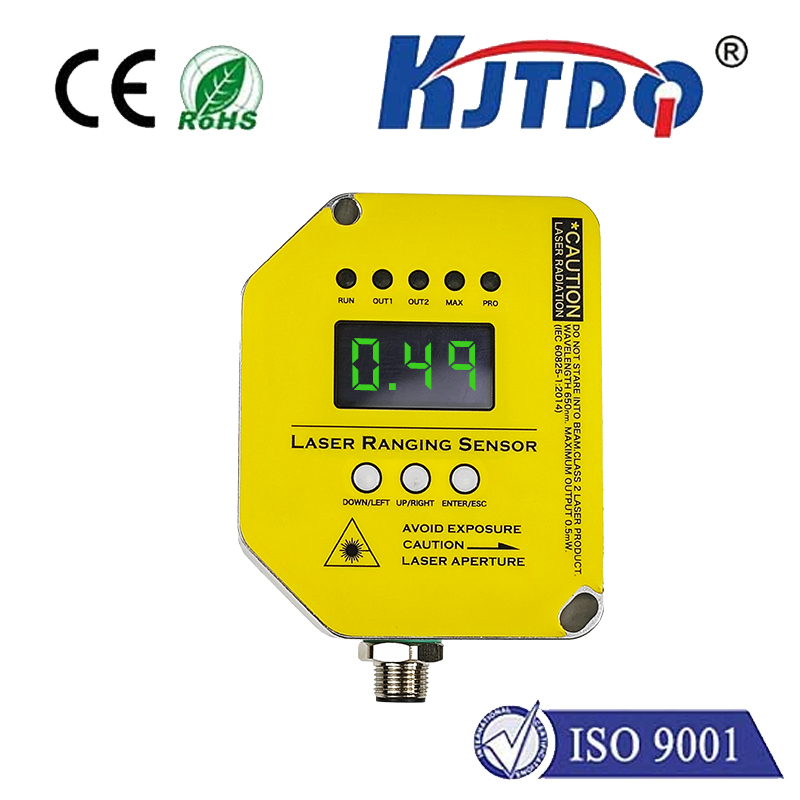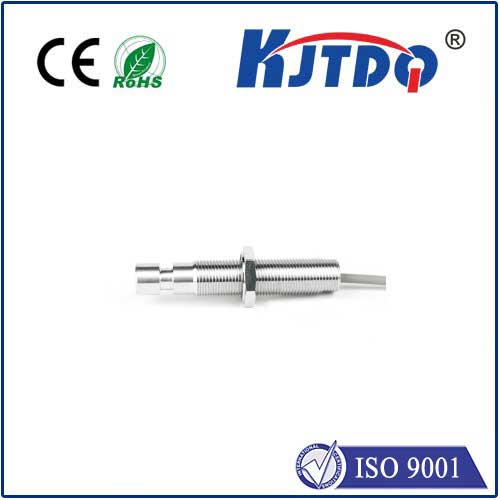

check

check

check

check

check

check

check

check

check

check
Forget bulky, bank-breaking industrial systems. There’s a revolution happening in distance sensing, and it fits in the palm of your hand. The Lidar Lite v2 Sensor represents a pivotal moment: bringing the sophistication of Lidar (Light Detection and Ranging) technology within reach of students, hobbyists, and smaller-scale commercial projects. This isn’t just a sensor; it’s an enabler, unlocking capabilities previously confined to high-budget endeavors. If you’ve ever needed to accurately measure distance, navigate an autonomous vehicle, map surroundings, or simply avoid obstacles with precision, the Lidar Lite v2 provides an accessible and surprisingly powerful solution.
So, what makes this compact module tick? At its core, the Lidar Lite v2 operates on the fundamental principle of pulsed Time-of-Flight (ToF) measurement. Here’s the elegant simplicity: It fires an invisible, focused infrared laser pulse towards a target. A highly sensitive receiver waits patiently. The crucial metric is the time it takes for that pulse to travel to the target and bounce back to the sensor. Knowing the constant speed of light (approximately 300 million meters per second), the sensor calculates the distance with impressive accuracy using the simple equation: Distance = (Speed of Light × Time of Flight) / 2. This direct ToF method gives the Lidar Lite v2 a distinct advantage in responsiveness and simplicity compared to phase-shift alternatives often used in less expensive sensors.
What truly sets the Lidar Lite v2 apart is its blend of performance and accessibility. Let’s delve into its key specifications and features:

Why Choose the Lidar Lite v2 Over Alternatives?
The sensor landscape offers many options. Cheaper ultrasonic sensors are common, but they suffer from wide beam angles (leading to inaccurate readings off-axis), susceptibility to environmental noise and temperature, and are generally slower and less precise. Infrared proximity sensors are inexpensive and simple but have very short, non-linear ranges and are highly sensitive to surface color and ambient light. Lower-end ToF sensors might exist, but they often lack the Lidar Lite v2’s combination of integrated processing, robust range, accuracy, and proven reliability in diverse conditions.
Seeing the Lidar Lite v2 in Action: Real-World Applications
The practical implications of its performance are vast:
Getting Started: Simplicity is Key
One of the Lidar Lite v2’s biggest strengths is its ease of integration. Connecting it to popular development boards like the Arduino Uno or Raspberry Pi typically requires just a few wires (power, ground, and data lines like SDA/SCL for I2C). Extensive libraries and example code are readily available in communities online, making initial setup and reading measurements a relatively straightforward process. While its integrated signal processing removes significant complexity, achieving optimal performance requires attention to mounting (minimizing vibration), ensuring a clear line of sight to targets, managing power stability, and understanding that highly reflective surfaces may cause errors and transparent surfaces like glass may not reflect adequately.
The Lidar Lite v2 Sensor has undeniably changed the game. It delivers genuine Lidar performance – accuracy, resolution, speed, and a focused beam – in a package that’s affordable, compact, and remarkably easy to use. For developers, engineers, educators, and hobbyists seeking high-fidelity distance measurement without the complexity or cost of industrial-grade systems, it remains a go-to solution. By enabling sophisticated applications ranging from nimble robotics navigation to precise industrial sensing, the Lidar Lite v2 has earned its place as a fundamental tool in the modern sensor toolkit, proving that powerful technology doesn’t have to be out of reach. Its legacy continues even as newer versions emerge.
